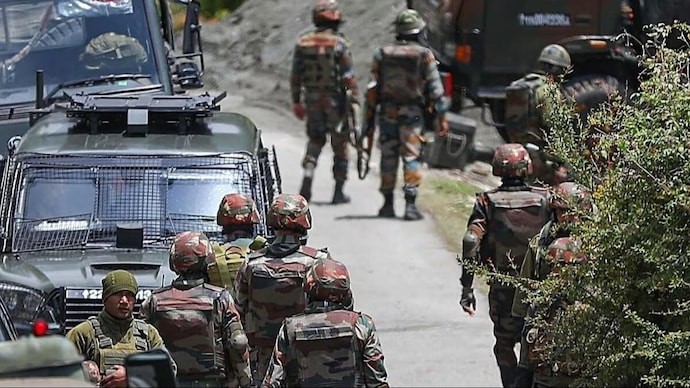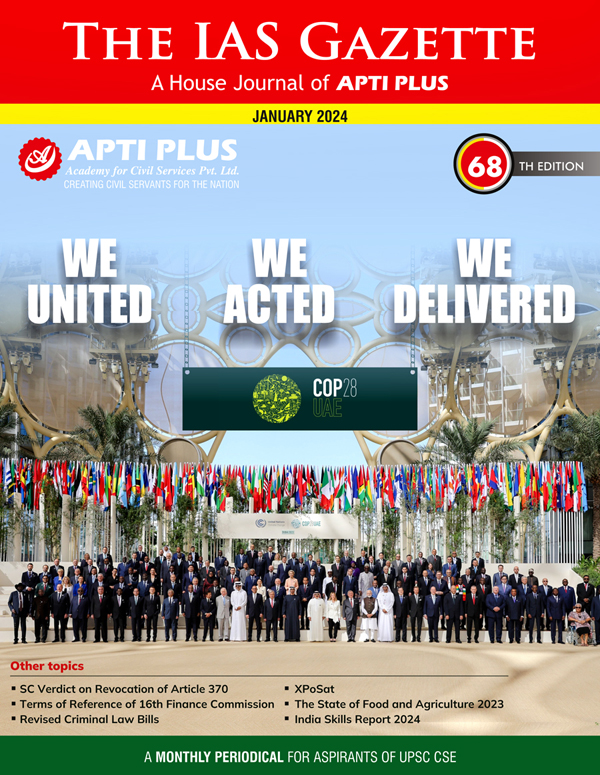Description

Disclaimer: Copyright infringement not intended.
Context
The Army has launched Operation Sarvashakti in the Rajouri-Poonch sector of Jammu and Kashmir, deploying forces on both sides of the Pir Panjal range to target terrorists who have carried out a series of attacks on troops in the area.
Details
- Three major attacks on security forces occurred in 2023, resulting in the deaths of 20 soldiers in terrorist ambushes.
- The region, especially in the Rajouri-Poonch sector, faced persistent security threats, with a significant number of terrorists believed to be foreigners.
Operation Sarpvinash (2003) in Jammu and Kashmir
- Historical Context:
- Kargil war of 1999 and the aftermath of the December 13, 2001 terrorist attack on Parliament influenced strategic decisions.
- Operation Parakram, a massive mobilization exercise on the border with Pakistan, had taken place in the summer of 2002.
- Preparation and Intelligence:
- Preparations for the assault began in early 2003 after intelligence suggested that more than 300 foreign terrorists had infiltrated and established secure camps in Surankote and Hilkaka.
- Terrorists created a demilitarized zone in the region, dominating the area.
- Objective:
- Launched to eliminate terrorists who had infiltrated from across the border and established camps in the dense forests south of the Pir Panjal range, particularly in the Hilkaka area in Poonch.
- Timeline and Participants:
- Initiated in April 2003 and lasted for approximately three months.
- Involved around 10,000 troops from the 15 Corps and 16 Corps.
- Geographical Scope:
- Covered an area of approximately 150 sq km, bound by three major ridges in the high forested mountains.
- Execution:
- Used Mi-17 helicopters to airlift soldiers to Hilkaka, a Bakerwal village.
- Lancer attack helicopters were deployed to bust concrete bunkers built by infiltrators.
- Outcome:
- About 100 terrorists were killed during the operation.
- Recovered a substantial number of weapons, explosives, and stores, including 7,000 kg of ration, medicines, and communication equipment.
- Demolished 40-50 terrorist hideouts.

Strategic Significance of the Region
- Importance of the Area:
- South of Mendhar leading to the Pir Panjal range through Hilkaka is among the shortest routes of access for infiltrators from across the Line of Control (LoC) into the Kashmir valley.
- The region provides a potential conduit for personnel in the event of a military operation by Pakistan and facilitates easier infiltration of terrorists.
- Geographical Advantages for Terrorists:
- Dense forests and steep mountain slopes offer cover and visual domination, enabling terrorists to merge with the foliage during searches by Indian troops.
- Peaceful Period:
- Operation Sarpvinash brought peace to the area that lasted until 2017-18.
- Recent Security Challenges:
- Since 2021, the region has experienced several high-intensity attacks on security forces.
Operation Sarvashakti (2024)
Current Situation:
- Operation Sarvashakti launched in response to recent attacks in the Rajouri-Poonch sector.
- Three brigades of additional troops deployed to increase density and contact with terrorists.
Strategic Importance:
- Emphasis on areas south of Pir Panjal due to historical significance and ongoing security challenges.
Challenges:
- Dense forests and steep mountain slopes continue to provide advantages to terrorists, making the region susceptible to infiltration.
Conclusion
In summary, Operation Sarpvinash in 2003 was a significant counter-insurgency operation that temporarily brought peace to the region. However, recent security challenges have prompted the launch of Operation Sarvashakti in 2024, reflecting the ongoing need for military interventions to address terrorist threats in the Rajouri-Poonch sector.
|
PRACTICE QUESTION
Q. Examine the strategic importance of the areas south of the Pir Panjal range and the historical context that has shaped military interventions in this region. (250 Words)
|
















